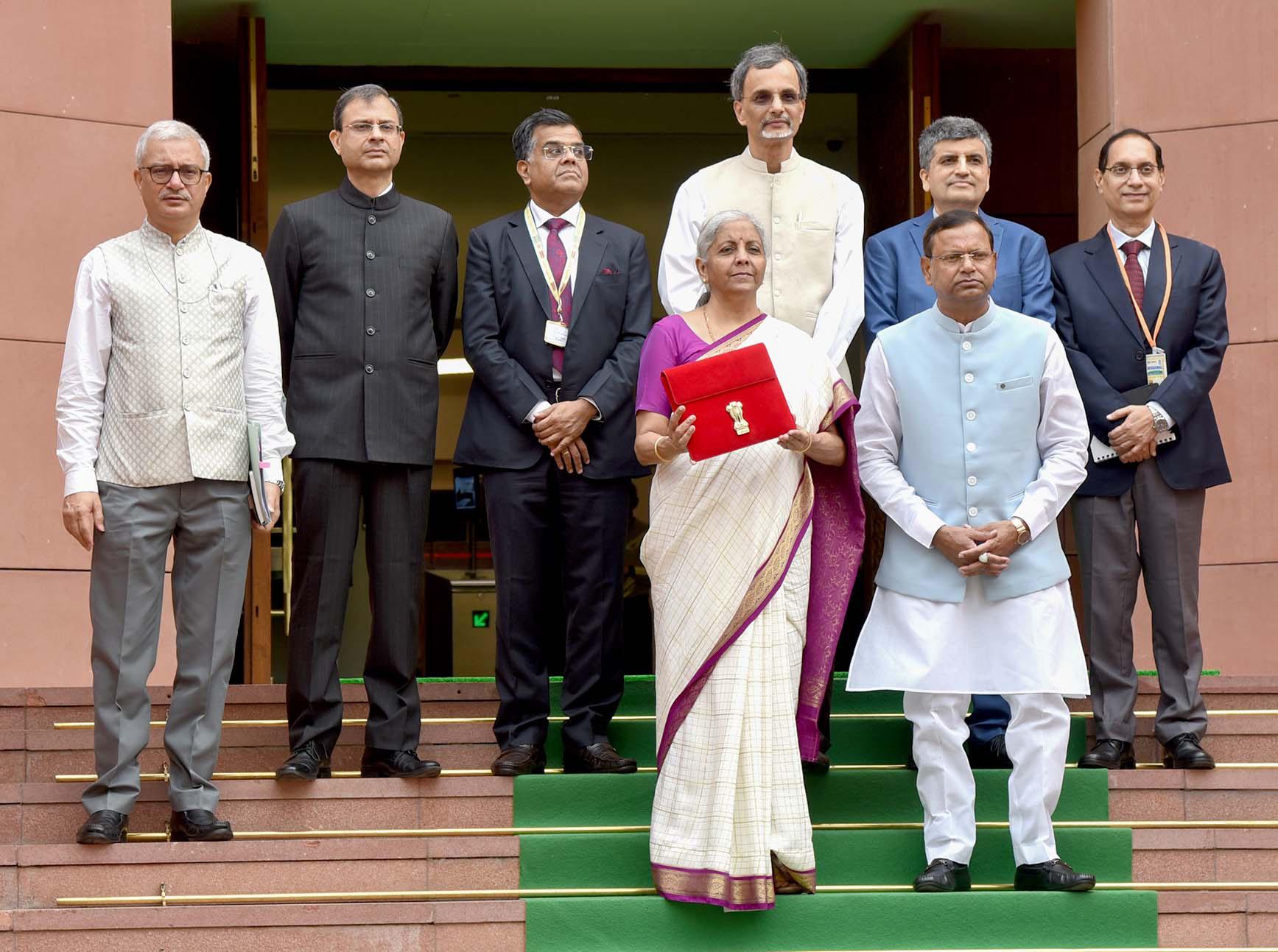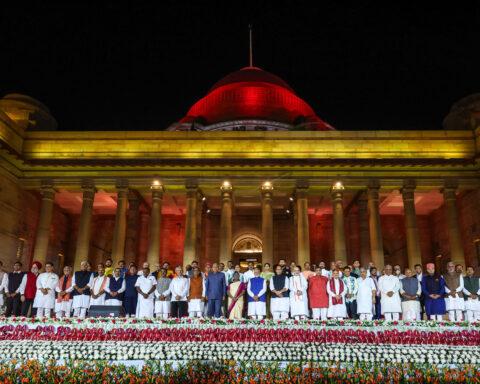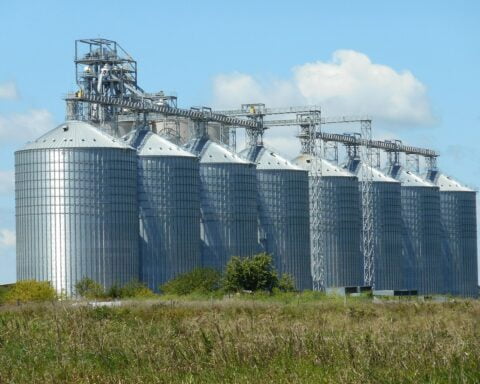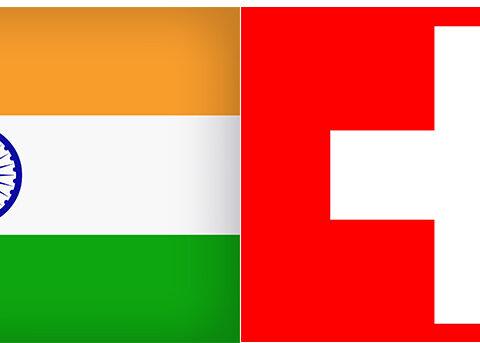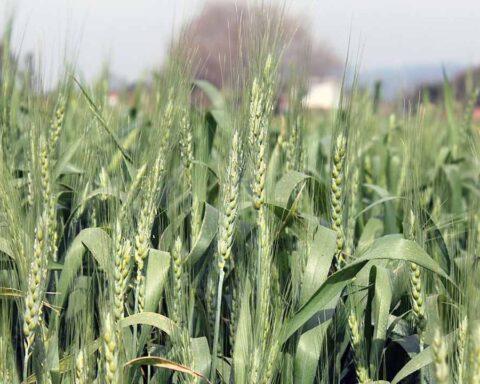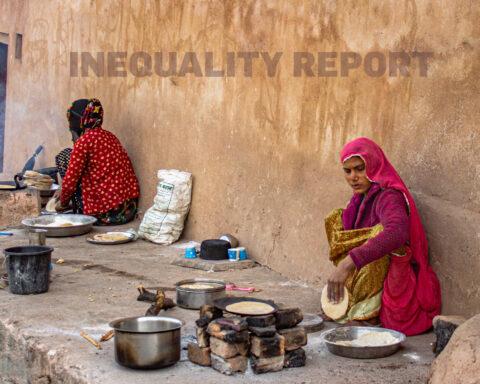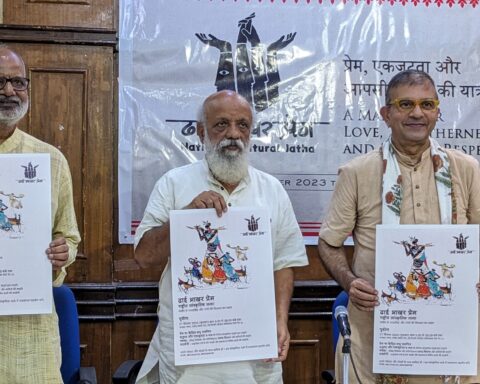Finance Minister Nirmala Sitharaman achieved a record on July 23, presenting her seventh consecutive Budget in the Lok Sabha. In another significant development, the Budget assured key allies in the National Democratic Alliance (NDA) that some of their demands will now be met, if not all.
Soon after introducing the Budget and explaining the priorities, the finance minister spelt out special schemes intended for major allies—Andhra Pradesh Chief Minister Chandrababu Naidu and Bihar counterpart Nitish Kumar.
Coalition Partners
In the 543-member Lok Sabha, the Bharatiya Janata Party (BJP) failed to register a majority, winning 240 seats in the recent Parliamentary polls. Unlike the last two terms, it now requires the support of a host of regional parties. With 16 MPs, Naidu-led Telugu Desam Party (TDP), and Kumar’s Janata Dal (United), having 12 representatives, are the key outside players in Prime Minister Narendra Modi’s third consecutive government.
However, after the election verdict, despite the numbers, the BJP managed to retain key portfolios. The two allies are said to have bargained for adequate compensation in the Budget.
Several rounds of negotiations took place in the National Capital, a couple of which were attended by Naidu, and separately, by Kumar. While the two leaders were initially intent on the respective states be awarded special status, they are said to have acceded to some special packages, or sops, for their states.
For both Naidu and Kumar, it was a homecoming after withdrawing from the NDA coalition earlier. Thus, the former demanded funds for the development of Andhra Pradesh’s new capital, Amaravati, and for other projects including one for irrigation.
In her Budget speech, Sitharaman assured facilitation of a special financial support through multilateral development agencies. In the current financial year ₹15,000 crores will be arranged, with additional amounts in future years, she said. It was also stated that the Centre is fully committed for completion and financing of the Polavaram irrigation project.
Funds will be provided for essential infrastructure such as water, power, railways and roads in Kopparthy node on the Vishakhapatnam-Chennai Industrial Corridor and Orvakal node on Hyderabad-Bengaluru Industrial Corridor.
An additional allocation will also be provided this year towards capital investment for economic growth. Also, in keeping with the state’s requirements, grants will be provided as per provisions for backward regions in Rayalaseema, Prakasam and North Coastal Andhra.
On his part, it was learnt that Kumar sought funds for building nine new airports, seven medical colleges, two power projects, etc. He was not disappointed.
In the Budget, among projects announced for Bihar were for power, with a new 2400 MW power plant at Pirpainti of Bhagalpur, at a cost of Rs. 21,400 crores. Also, there will be new airports, medical colleges and sports infrastructure in the state. In her speech, the finance minister assured support to the development of an industrial node at Gaya on the Amritsar-Kolkata Industrial Corridor. Additionally, there will be support in development of road connectivity projects in Bihar at a total cost of ₹ 26,000 crores.
Meanwhile, an additional allocation to support capital investments will be provided and the requests of the Bihar Government for external assistance from multilateral development banks will be expedited, she assured.
Agriculture
Continuing with her Budget speech, Sitharaman spoke about the announcement of “higher Minimum Support Prices (MSP) a month ago for all major crops, delivering on the promise of at least a 50 per cent margin over costs”. Incidentally, MSP is determined by the Commission for Agricultural Costs and Prices (CACP) on certain crops, considering factors like production costs, market trends, and demand-supply dynamics. It is recommended to the Cabinet Committee on Economic Affairs (CCEA), chaired by the Prime Minister of India, which then makes the final decision. The system came into being over half a century ago.
A section of farmers, meanwhile, have been demanding MSP assurance across all crops with a legal guarantee, implementation of Swaminathan Commission recommendations, debt relief, pensions for farmers, and withdrawing cases against past protestors. A committee formed to look into their demands is yet to finalise its report after over two years of its existence.
Meanwhile, fertiliser subsidy has been cut by ₹24,894 cores and food subsidy by ₹7,082 crores. The total subsidy allocation is now at ₹3,81,175 crores for the current fiscal, which was ₹4,13,466 crores in the previous year.
The allocation for agriculture and allied sectors as a percentage of the total Budget has been continuously declining from 2019 onwards from 5.44% to the present 3.15%$, alleged the Left aligned All Indian Kisan Sabha (AIKS). “There is a massive decline of about 24.7% cent in allocation to crop husbandry,” it added.
Even while welcoming the Budget, the RSS-affiliated Bharatiya Kisan Sangh (BKS) has warned the government against introducing GM crops in the name of climate resilient crops.
Also Read: Will Modi Be Able To Address The Spiralling Unemployment Crisis In His Third Term?
Taxes and Duties
In her speech, Sitharaman also announced her government’s employment schemes and revised the tax structures while the slabs in the old tax regime remain unchanged. She further announced a major reduction in customs duty on cancer medicines and mobile phones. Imported gold, silver, leather goods and seafood will also get cheaper.

Employment
The Finance Minister’s thrust on employment and skilling has been well received in certain quarters. But according to the Economic Survey 2023-24, released a day before her budget speech, “the Indian economy needs to generate an average of nearly 78.5 lakh jobs annually until 2030 in the non-farm sector to cater to the rising workforce”.
India’s workforce is estimated to be nearly 56.5 crore in 2022-23 using Worker Population Ratio (WPR) from Periodic Labour Force Survey (PLFS) and Ministry of Health and Family Welfare’s population projections, the Survey observed.
According to PLFS, more than 45% of the workforce is employed in agriculture, 11.4% in manufacturing, 28.9% in services, and 13.0% in construction.
The independent think tank Centre for Monitoring Indian Economy (CMIE) data suggests that unemployment rate in India stood at 9.2% in June 2024, which reflects an increase from 7% the previous month, say reports. Thus, while the government’s initiative may be a step, there needs to be more efforts at creation of jobs.
Defence
The Ministry of Defence has been allocated ₹6,21,940.85 crores, which is the highest among ministries, according to an official statement. This, it said, was 4.79% higher than FY 2023-24. This amount is somewhat similar to what was announced in the Interim Budget.
The allocation for 2023-24 was around ₹5.94 lakh crores, up from ₹4.78 lakh crores in 2020-21. There has been a steady increase in defence expenses to ensure that the armed forces are well-equipped to handle any security threats.
For FY 2024-25, the government has made an additional allocation to the tune of ₹400 crores on innovation in defence through the Acing Development of Innovative Technologies with iDEX (ADITI) scheme.
Out of the total allocation, a share of 27.66% goes to capital; 14.82% for revenue expenditure on sustenance and operational preparedness; 30.66% for pay and allowances; 22.70% for Defence Pensions, and 4.17% for civil organisations under the Ministry.

